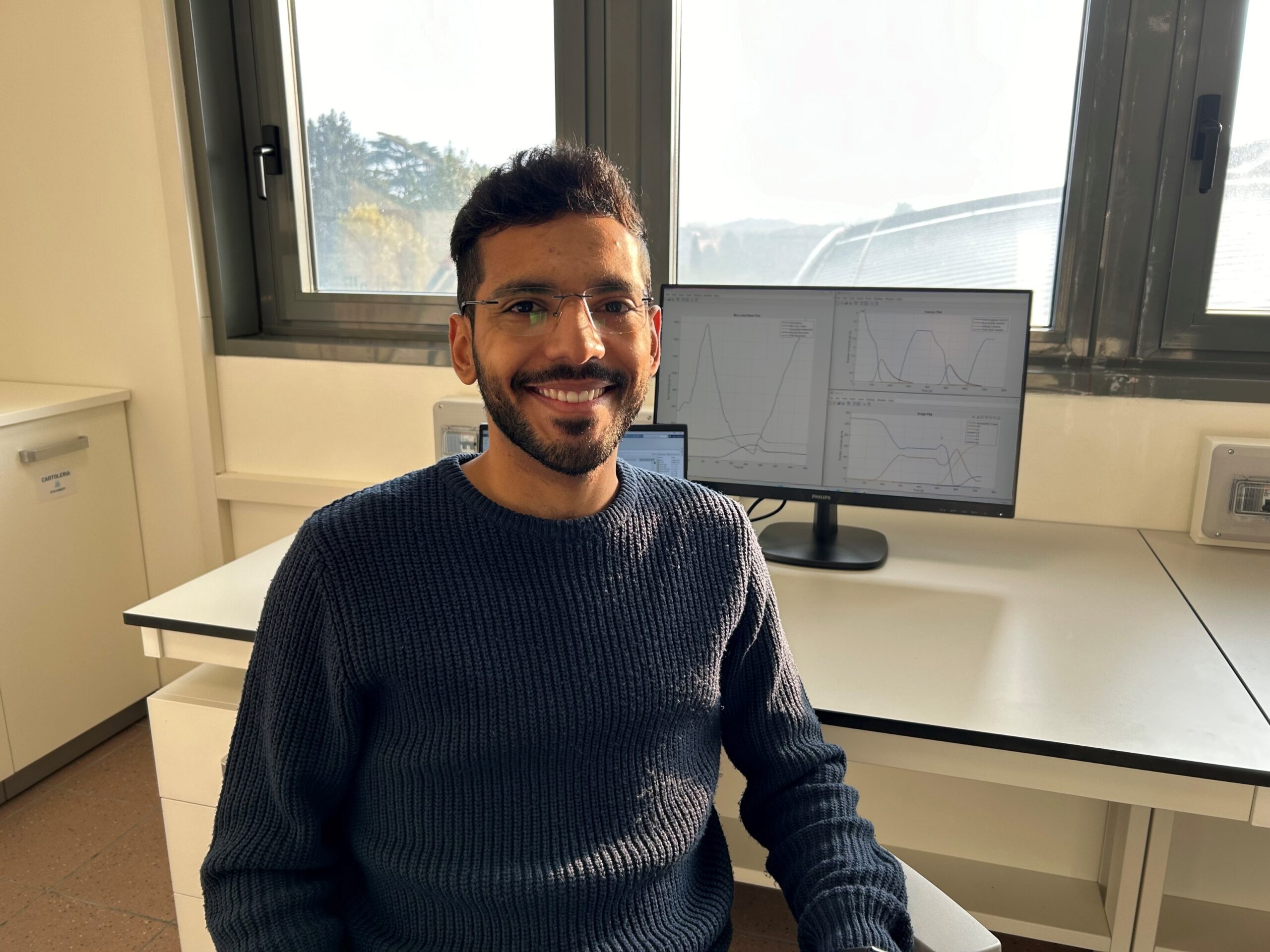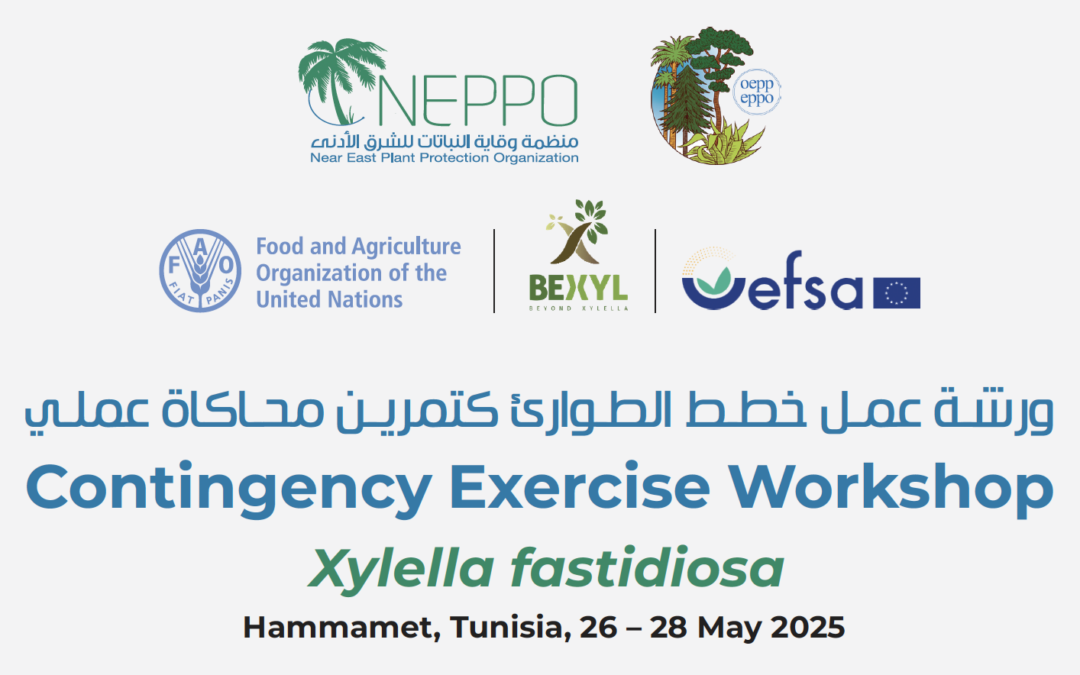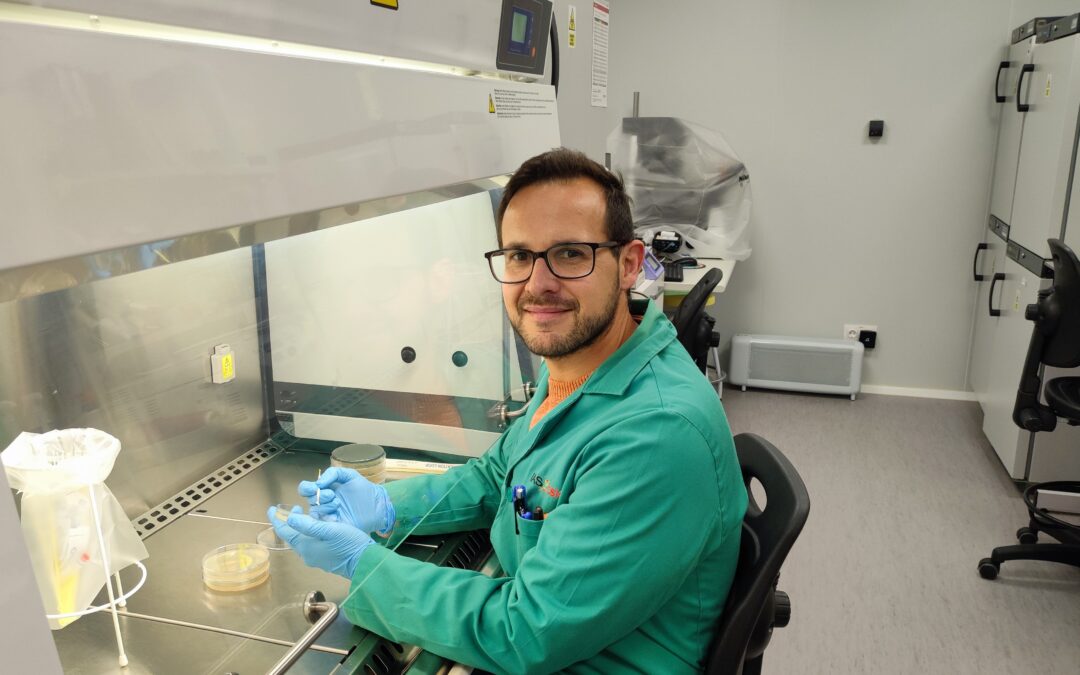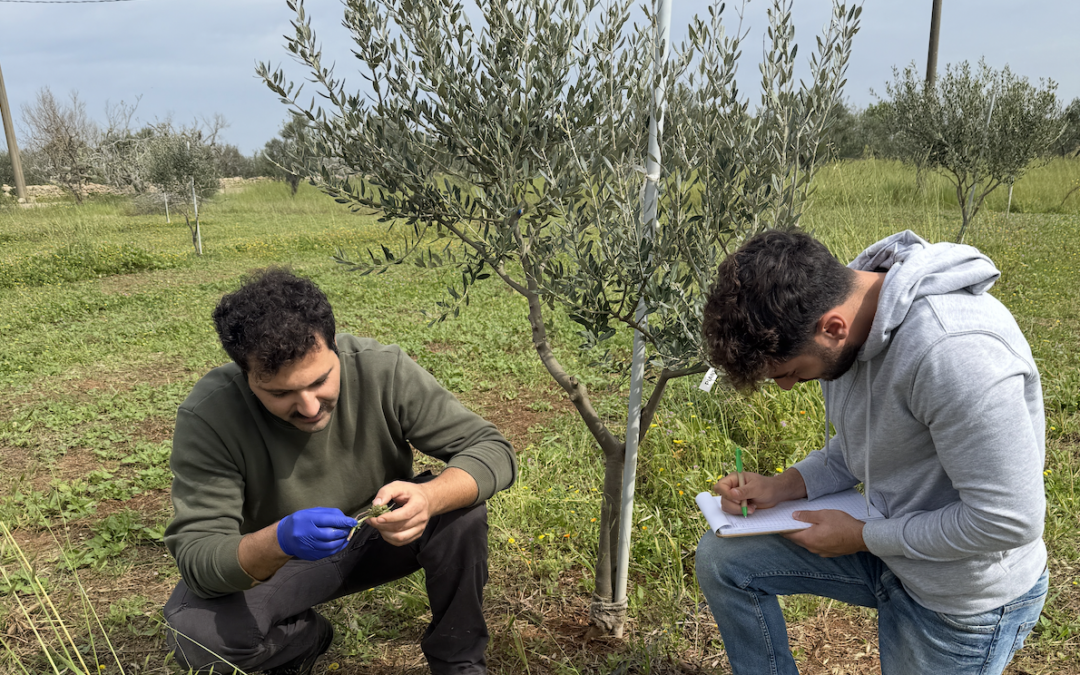Igor Weber is a PhD student arrived at the University of Brescia from Brazil, where Xylella fastidiosa is a known threat to farmers and plant protection organisations. His thesis is about building models to better understand and manage outbreaks in the EU.
Igor, please present yourself
I am a PhD student at the University of Brescia in Italy. My academic journey began in Brazil, where I earned a bachelor’s degree in agronomy and a master’s degree in entomology, and it has now brought me to an exciting and challenging experience in Europe. I am passionate about developing innovative modelling tools to support the sustainable and efficient management of plant pests and diseases through Integrated Pest Management (IPM) strategies.
Why plant health?
From the beginning of my bachelor’s studies, I knew I wanted to become a scientist and contribute to developing a more efficient and sustainable agriculture. I had the chance to dive into various research areas, blending laboratory and field experiences that expanded my understanding of agriculture’s vast and ever-evolving challenges. A defining moment came midway through my degree when I joined the IPM laboratory in Brazil. There, I worked on projects focused on developing management strategies for lepidopteran pests and investigating the occurrence of natural enemies in agricultural fields across Central Brazil. This hands-on experience introduced me to agricultural entomology and IPM approaches. It was during this time that I discovered my passion for plant health: I wanted to explore innovative, science-based solutions for sustainable pest and disease management.
How did you ‘meet’ X. fastidiosa in your academic pathway?
After earning my bachelor’s degree, I pursued a master’s in Entomology at the University of São Paulo, where I had the privilege of working under the mentorship of Prof. Wesley Godoy and Dr. Adriano Garcia in the Ecology and Forestry Entomology Laboratory. During this time, I delved into computational and mathematical modelling and its applications in IPM, which became the foundation of my academic aspirations.
Towards the end of my master’s program, my co-supervisor introduced me to an exciting opportunity with Prof. Gianni Gilioli at the Agrofood Research Hub of the University of Brescia. The position focused on developing a modelling framework to support the management of Xf in Europe, which is a complex and challenging system to model. It was also an opportunity to work in a dynamic, multidisciplinary and international team. I was thrilled to be awarded the PhD position.
Can you tell us more about your thesis?
Developing an innovative integrated modelling framework to better understand and manage the Xf epidemiological system within the European context implies analysing Xf pathosystems across various environmental conditions, incorporating critical factors such as climate change and farming techniques.
Beyond analysis, the modelling framework serves as a strategic tool to explore risk scenarios and evaluate the combination of control measures targeting different Xf pathosystem components. This approach aims to support the development of IPM schemes.
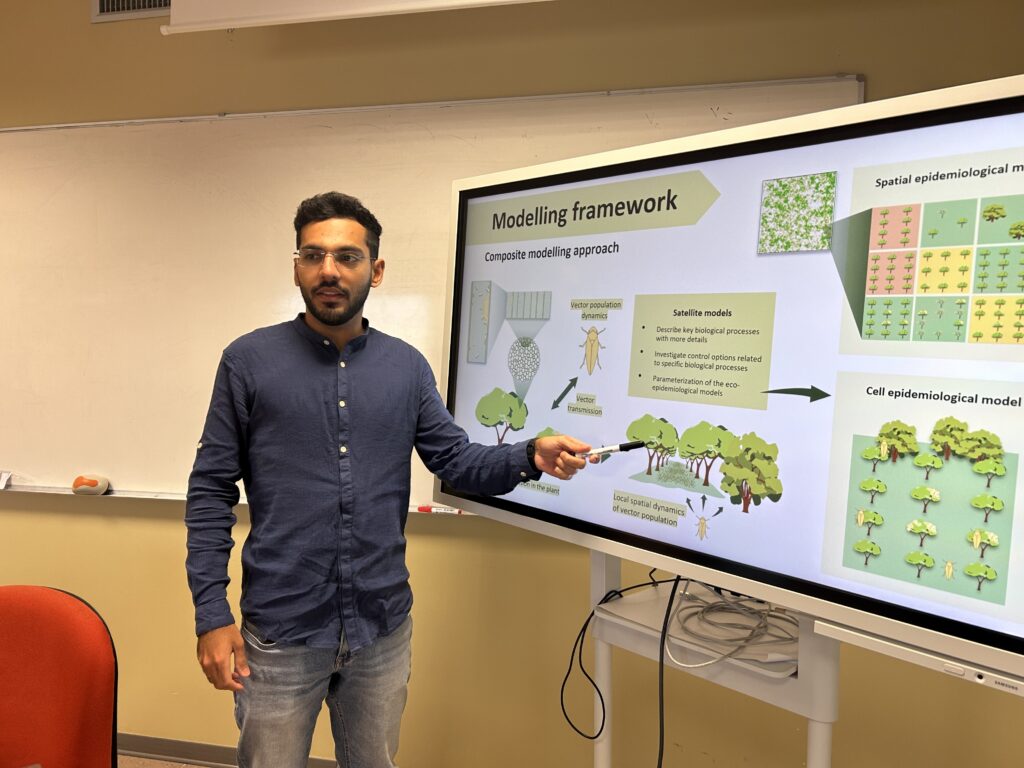
What are the key accomplishments of your research so far?
The initial activities carried out by the research group I am part of have included an in-depth review of the literature to understand the key drivers of Xf pathosystems and the management strategies recommended for controlling outbreaks. Based on this knowledge, we developed four satellite models simulating the key processes of Xf’s epidemiological dynamics, including disease progression in plants, vector population dynamics, bacterial transmission, and vector spatial distribution. These models support the parametrization of the core model, which integrates these processes into an overarching framework describing all the components and interactions of Xf pathosystem.
In addition, we compiled a comprehensive list of existing control options for Xf, alongside promising innovative solutions under development within the BeXyl project. Through interviews and discussions with project experts, we assessed these options’ technical feasibility, considering factors such as effectiveness, applicability, availability to farmers, and field implementation requirements.
What have been the main obstacles in your research?
One of the main challenges in our research has been navigating the knowledge gaps and limited data availability that hinder the development and parameterization of the formal model. Despite the significant efforts of the scientific community to study Xf epidemiological systems, key processes remain poorly understood or insufficiently studied. Addressing these questions is particularly challenging due to the complexity of the required experiments and the Xf pathosystem’s unique bioecological characteristics. These knowledge gaps result in a limited availability of suitable data to parameterize the model equations accurately.
How did you manage to hurdle them?
Overcoming these obstacles has been made possible thanks to the extensive collaboration with the other partners involved in the BeXyl project. The presence of multidisciplinary groups, the opportunity to engage with experts from different fields, and the extensive field experience of several research centres have allowed us to exchange critical knowledge and data. We work closely with these teams to design and plan experiments together, and analyse the resulting data, addressing some of the key knowledge gaps.
What is your plan after the thesis?
After completing my PhD thesis, I plan to pursue a postdoctoral position to continue refining the modelling framework, enhancing its application, and supporting the development of IPM protocols for controlling Xf outbreaks. This role will enable me to deepen my expertise in modelling tools to support decision-making and contribute directly to sustainable solutions for agricultural challenges.

